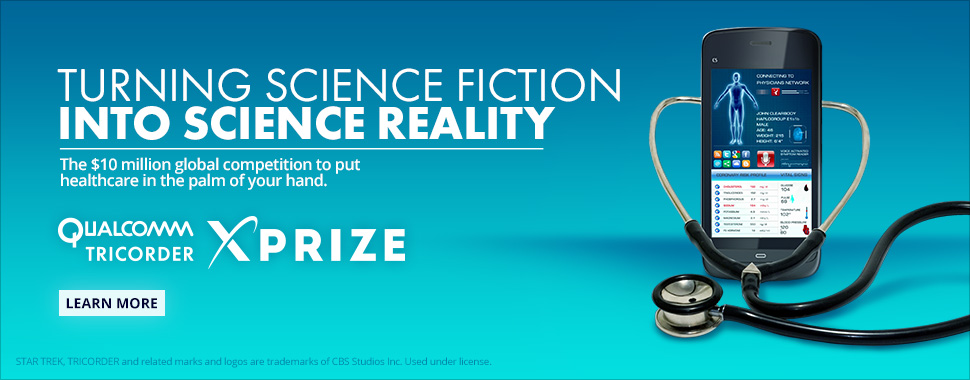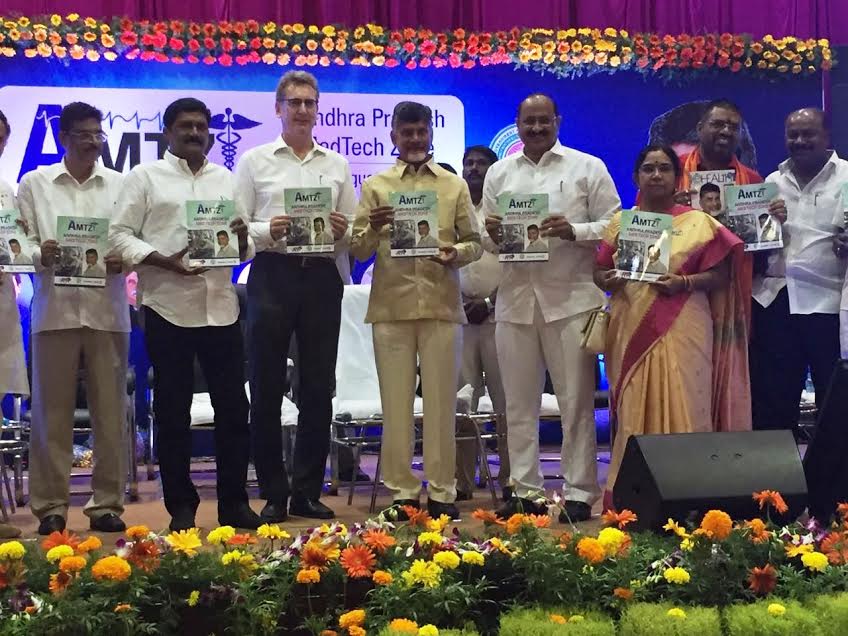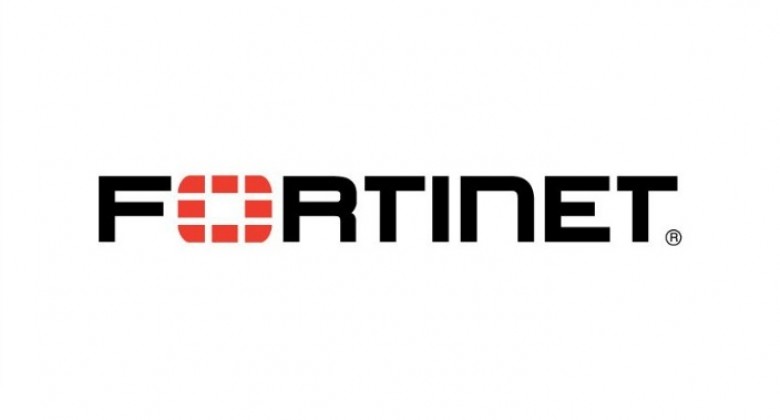

Elena Prieto-Azkarate, a graduate in Telecommunications Engineering at the NUP/UPNA-Public University of Navarre and member of the Nuclear Medicine Service of the University College Hospital of Navarre, has implemented 12 algorithms to process medical images produced by means of PET (Positron Emission Tomography). As she points out in her PhD thesis, read at the NUP/UPNA, the results obtained are highly promising and this technique could be very useful indeed. She has also developed a graphics interface that will enable the doctor or oncologist to use this technique in clinical practice comfortably, rapidly and intuitively.

The research comes within the field of biomedical engineering and was carried out through collaboration between the Nuclear Medicine Service of the University College Hospital of Navarre and the NUP/UPNA-Public University of Navarre. The thesis is entitled “Segmentaci³n mediante umbralizaci³n autom¡tica en tomografap or emisi³n de positrones” (Segmentation through automatic thresholding in positron emission tomography).

The PET technique makes it possible to gather molecular images that provide information about the biological and metabolic behaviour of tumours. Recent years have seen the emergence of great interest in the potential of images of this type in the planning of courses of radiotherapy treatment.In this planning the most critical process is the exact delimitation of the volume of the tumour requiring treatment.

So Elena Prieto has improved the segmentation technique of PET images.”The segmentation of an image,” she explains, “is an image processing technique that allows objects to be delimited; tumours, in this case.This thesis sought to conduct research into and develop new segmentation techniques to turn PET (Positron Emission Tomography) into a reliable alternative for treatment planning in Radiotherapeutic Oncology.”

Promising results
Specifically, the researcher has worked on one particular image segmentation technique: thresholding .”Automatic thresholding allows the edges of the tumour to be automatically delimited over the image, which is of tremendous importance since the spatial resolution of images of this kind hampers manual delimitation.”
The analysed images taken from patients were obtained at the University College Hospital of Navarre thanks to funding from the Carlos III Institute of Health (Spanish Ministry of Health and Consumption) through a FIS project, and the company Siemens HealthCare. Two different PET tomographs were used in the work to acquire the images so that the automatic thresholdingcould be uated under a broad range of conditions. All the images obtained have been made available over the Internet in order to provide a common validation framework for any segmentation technique.
“The results on experimental images have been highly promising,” she concludes,”and it has been possible to achieve an improvement over the standard technique in the clinical images coming from high-resolution PET tomographs.” What is more, “the technique used could be highly useful when segmenting images obtained in the state-of-the-art clinical PET/CT tomographs.”
Be a part of Elets Collaborative Initiatives. Join Us for Upcoming Events and explore business opportunities. Like us on Facebook , connect with us on LinkedIn and follow us on Twitter , Instagram.
"Exciting news! Elets technomedia is now on WhatsApp Channels Subscribe today by clicking the link and stay updated with the latest insights!" Click here!
















